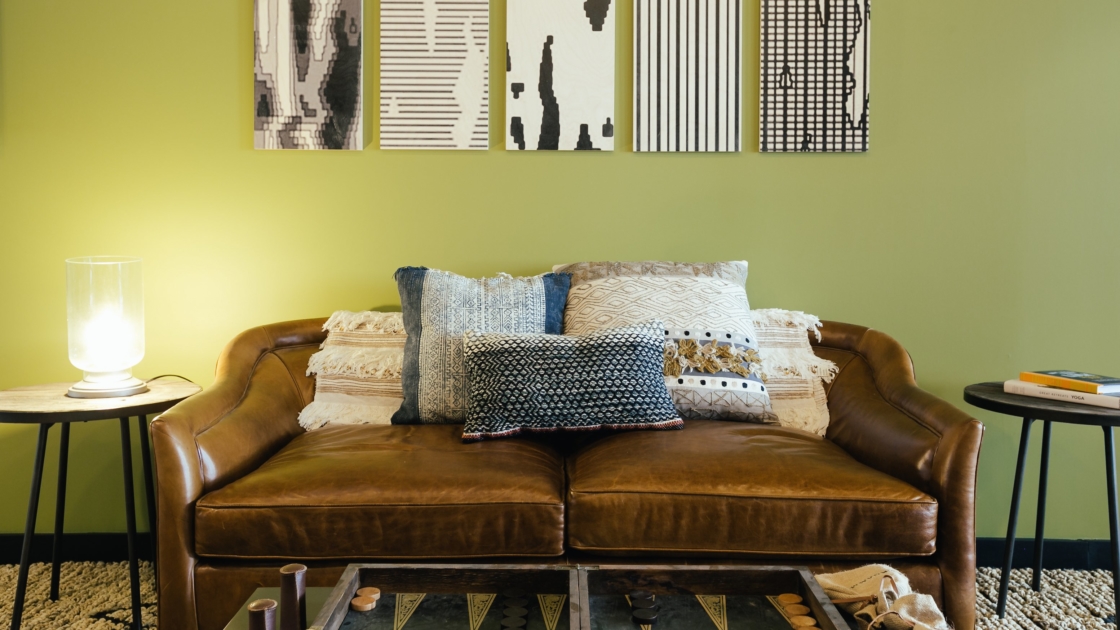Always rearranging your living spaces? Obsessed with houzz.com? Know what colors work together, and how to coordinate your throw pillows? You might want to consider a career in interior design.
And guess what? The outlook for this industry is good. Employment of interior designers is predicted to be growing at a higher rate than average, in part because the aging baby boomer population needs functional, safe homes and environments in which they can dwell.
According to the Bureau of Labor Statistics, the median wage for interior designers is $47,600 per year, and the number of jobs available in the United States, as of 2012, was 54,900.
Are you ready to start professionally designing private homes and commercial buildings? We talked to a few working interior designers about what advice they have for people who want similar careers. So let’s get started.
Go to school
The best interior designers go to college and earn degrees in the subject. This is because it doesn’t just involve creating beautiful spaces. You also need to have an understanding of the technical expertise that is the foundation of design.
“A solid design education is key,” according to Jennifer Jones of Niche Interiors in San Francisco. She says that aspiring interior designers need to learn the fundamental design principles and practical skills like drafting, hand sketching, and measuring.
Shawn Henderson, an interior designer in New York, says that some of the best schools to go to for a degree are the Fashion Institute of Technology, Savannah College of Art and Design, the Rochester Institute of Technology, and New York School of Interior Design.
Pursue an internship or externship
When you’re pursuing your interior design degree, you should be doing internships and working on the side, so you’re prepared for the real world.
“Internships and externships are good because it’s a dating and mating time for interns and interior design firms,” says Lucy Penfield, design principal of Lucy Interior Design in Minneapolis. “You really want to make sure it’s a great fit. We put so much training into our internship program. Our interns learn about our company culture while they’re here. They can figure out whether they want to work in a boutique, hands-on studio or in a more linear and corporate firm.”
To secure a job after graduation, Jones says you can, “Find the designers in your area whose work you admire, start interacting with them on social media, and keep an eye out for hiring announcements.”
Work on your people skills
Succeeding as an interior designer is not just about having a good eye and being able to do the technical work. It’s also about being able to collaborate with clients and making sure you’re on the same page.
“Honing your communication skills is super important,” says Henderson. “It’s great experience to have worked in a restaurant or hotel. You should have that kind of hospitality background.”
During meetings, when Penfield is trying to evaluate her clients’ needs, she tries to be as thorough and understanding as possible. She asks them to share stories about themselves and gets a sense of where they’ve lived and what they like.
She says, “In my interviews, I ask emotionally-inspired questions like, ‘If you could date a movie star, who would you date? If you could switch places with one celebrity, who would it be and why? If you could live anywhere, where would you go? Where do you shop?’ For example, you can find out if they’re more buttoned up or organic depending upon whether they shop at Neiman Marcus and Nordstrom or Anthropologie or J. Crew.”
Penfield aims to get a true sense of her clients’ personalities, and then collaborates with them to come up with the overall vision and master plan. She says that these “people and professional skills like selling, listening, and being authentic” are what will get you far in this field.
After eight years in business, Jones has garnered her fair share of repeat clients and referrals. She attributes this to her firm being process-driven and organized. “Creating a home should be easy and fun for our clients [and] we definitely make this a priority,” she says. “It’s not enough to be creative and have vision. You need to be able to execute that vision seamlessly.”
To keep her clients happy, Penfield says she always takes their wants and needs very seriously. “You have to be there for them all the time, on the fly. You have to be totally honest when building your relationships, and always put your clients first.”
Photo credit: Lauren Kallen




